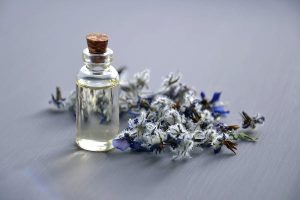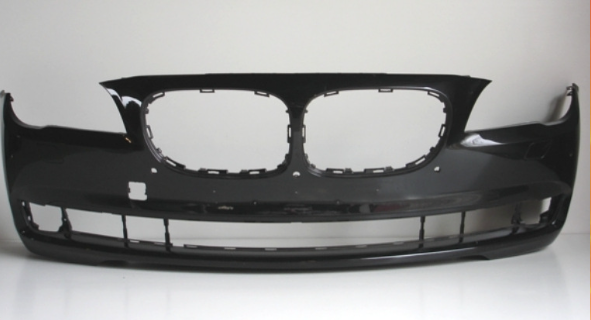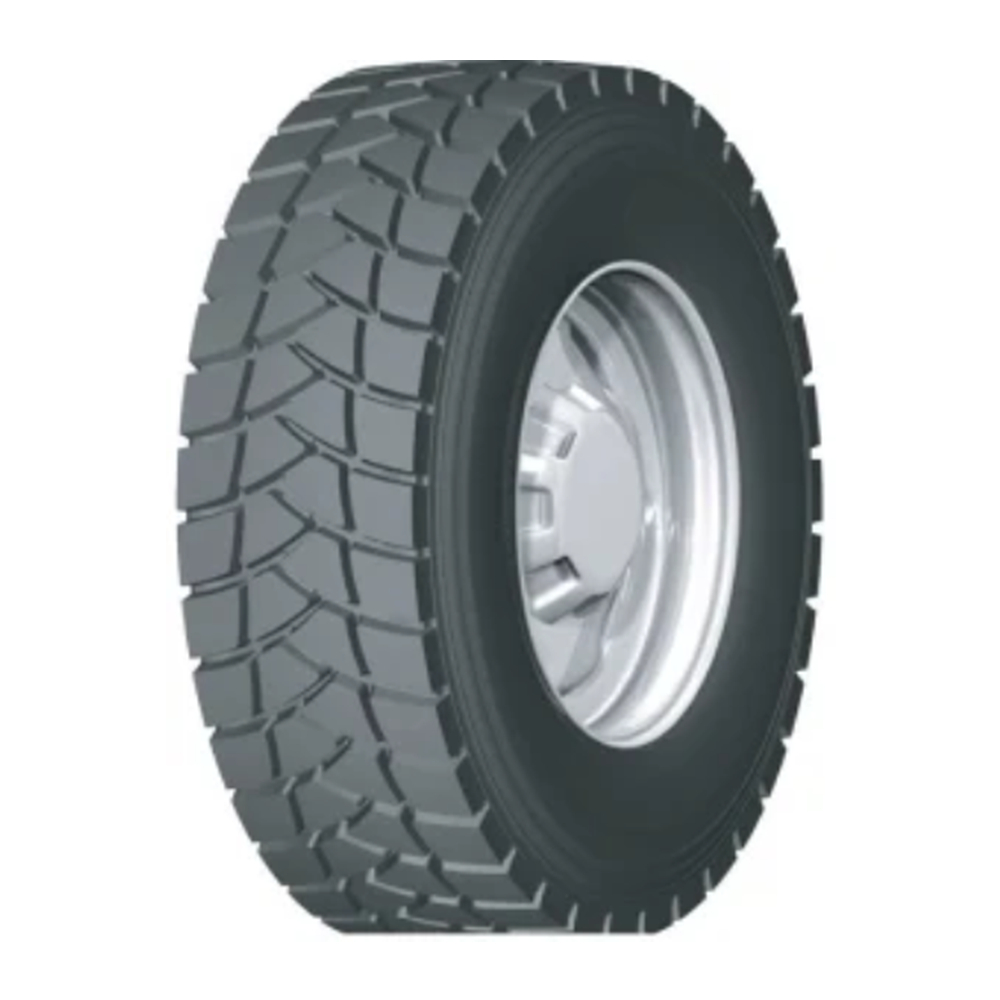Naphtha is one of the petroleum products , also known as chemical light oil and naphtha. It is a light oil produced from crude oil or other raw materials and used as chemical raw materials . It is mainly used as chemical raw materials. There are various distillation ranges due to different uses . China stipulates that the distillation range is the final boiling point of about 220°C. When used as a cracking raw material to produce ethylene , the 70°C to 145°C fraction is used and is called light naphtha; when the purpose is to produce aromatics or high-octane gasoline , the 70°C to 180°C fraction is used and is weighed as naphtha; When used as a solvent, it is called solvent naphtha; aromatic solvents derived from coal tar are also called heavy naphtha or solvent naphtha.
According to the “Notice of the Ministry of Finance and the State Administration of Taxation on Increasing the Consumption Tax Rate of Refined Oils” , the scope of naphtha taxation includes various light products other than gasoline, diesel, aviation kerosene , and solvent oil. Oil . Non-standard gasoline, reforming oil, top oil, light cracking materials ( vacuum diesel VGO and atmospheric pressure diesel AGO), heavy cracking materials, hydrocracking tail oil , and aromatic hydrocarbon raffinate are all light oils and belong to the petroleum industry. Brain oil tax range.

Main properties #
Main ingredients #
Naphtha, also known as chemical light oil and naphtha, generally contains 55.4% linear alkanes, 30.3% monocyclic alkanes, 2.4% bicyclic alkanes, 11.7 % alkylbenzene , 0.1% benzene, 0.1 indan and tetralin. %. The average molecular weight is 114, and the explosion limit is 1.2%~6.0%.
Main components: Mainly C 5 ~ C 7 components of alkanes .
physical properties #
Naphtha is a colorless, transparent or slightly yellow liquid at normal temperature and pressure. It has a special smell and is insoluble in water. Density is 650-750kg/m 3 . The sulfur content is not more than 0.08%
main application #
Main purpose: can separate a variety of organic raw materials , such as gasoline, benzene, kerosene , asphalt , etc.
Naphtha is a light oil, obtained by cutting corresponding fractions from crude oil distillation or secondary processing of petroleum . Its boiling point range depends on needs, usually a wider distillation range , such as 30-220°C.
Naphtha is an important raw material for tube furnace cracking to produce ethylene and propylene , and catalytic reforming to produce benzene, toluene and xylene . As a cracking raw material, the content of alkanes and naphthenes in the naphtha composition is required to be no less than 70% (volume);
When used as a catalytic reforming feedstock to produce high-octane gasoline components, the feed is a wide fraction with a boiling point range of 80-180°C. When used to produce aromatics , the feed is a narrow fraction with a boiling point range of 60-165°C. ℃.
The boiling range of light straight-run naphtha commonly used abroad is 0-100°C, and the boiling range of heavy straight-run naphtha is 100-200°C;
FCC naphtha is available in light, medium and heavy grades <105℃, 105-160℃ and 160-200℃>.
Practical relevance: Since the market price of naphtha is much lower than that of unleaded gasoline for vehicles ( the price difference per ton reaches 600-1,200 yuan), the use of naphtha and petrochemical additives to prepare unleaded gasoline for vehicles has become a way for private petrochemical companies to increase the profits of refined oil products. important way.
China’s crude oil is heavier, and the supply of naphtha is very tight, which is the raw material for ethylene units , reforming units, and naphtha hydrogen production units.
Danger #
Ingestion: It is unlikely to enter the human body through this route in a production environment . Ingestion of larger doses can cause nausea, vomiting, anesthesia , weakness, dizziness , shallow breathing, abdominal distension , loss of consciousness and convulsions, and central nervous system depression may occur .
Eye contact: This substance can irritate the eyes and cause inflammatory reactions with long-term exposure . Repeated, long-term exposure can lead to conjunctivitis .
Skin contact: The liquid is irritating to the skin and can cause dermatitis . This substance can aggravate existing skin conditions .
Inhalation: Vapors cause upper respiratory tract discomfort. Symptoms of upper respiratory tract irritation may occur, and high concentrations may cause hypoxic symptoms such as dyspnea and cyanosis . Prolonged exposure to low concentrations (approximately 90mg/L) can produce mild central nervous system symptoms .
Environmental hazards : This product is flammable, irritating and harmful to the environment. Can cause pollution to the atmosphere, soil and water bodies.
Fire and explosion hazard: Its vapor and air can form an explosive mixture , which can cause combustion and explosion when exposed to open flames or high heat . Its vapor is heavier than air and can spread to a considerable distance from a lower place. It will ignite and backfire when encountering a fire source.















